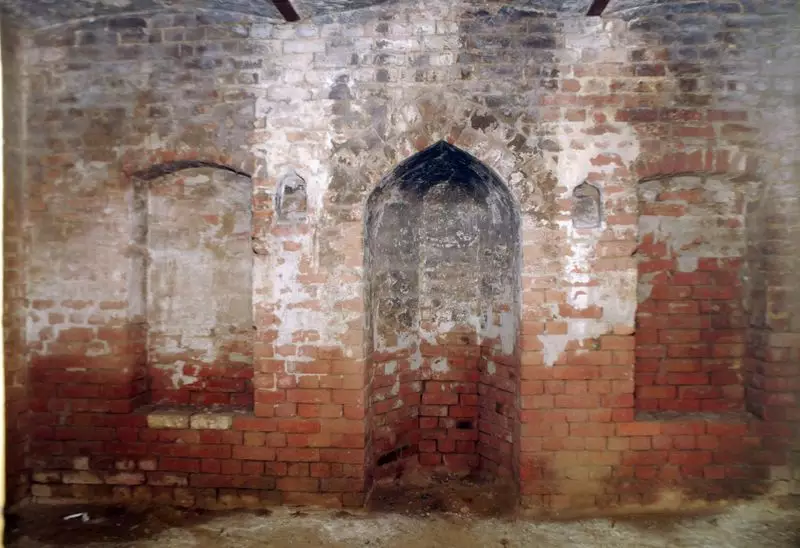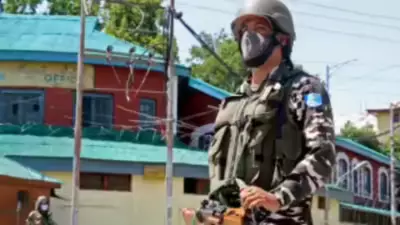
In a remarkable display of community unity, three villages in Amritsar district have officially joined forces to function as a single development cluster. The villages of Wadala, Bhoma, and Veeram, while maintaining their individual identities, are now working collectively to address common challenges and accelerate progress.
A Trio of Villages Forging Shared Destiny
The cluster formation represents a significant shift in how rural communities approach development. Rather than operating in isolation, these three villages have recognized the power of collaboration. Located in the Amritsar region of Punjab, these settlements have historically maintained close cultural and social ties, making the formal cluster arrangement a natural progression of their existing relationships.
Local residents and community leaders have embraced this innovative approach to rural development. The cluster model enables more efficient resource allocation, better coordination of development projects, and stronger collective bargaining power when engaging with government agencies and development organizations.
Practical Benefits of the Cluster Approach
The unified cluster structure brings numerous practical advantages to the residents of Wadala, Bhoma, and Veeram. By pooling their resources and coordinating their efforts, the villages can undertake development initiatives that would be challenging for individual villages to accomplish alone.
Infrastructure development stands as one of the primary beneficiaries of this collaborative model. Road construction, water supply systems, and electricity infrastructure can now be planned and implemented across village boundaries, creating more comprehensive and efficient networks. Educational facilities and healthcare services can also be optimized to serve the combined population more effectively.
The cluster approach also strengthens the villages' ability to address environmental concerns and implement sustainable practices. Waste management, water conservation, and agricultural development can be coordinated across a larger geographical area, leading to more impactful and lasting solutions.
Community Response and Future Prospects
Early indications suggest strong community support for the cluster initiative. Residents appreciate the practical benefits while maintaining their individual village identities and cultural traditions. The model demonstrates how rural communities can adapt traditional structures to meet contemporary challenges without sacrificing their unique characteristics.
This innovative approach to rural development in Punjab could serve as a template for other regions facing similar challenges. As the Wadala-Bhoma-Veeram cluster continues to evolve and demonstrate results, it may inspire other village communities across India to explore similar collaborative arrangements.
The success of this cluster will depend on continued community engagement, effective leadership, and supportive government policies. However, the initial foundation appears strong, built on generations of inter-village cooperation and shared cultural heritage.





